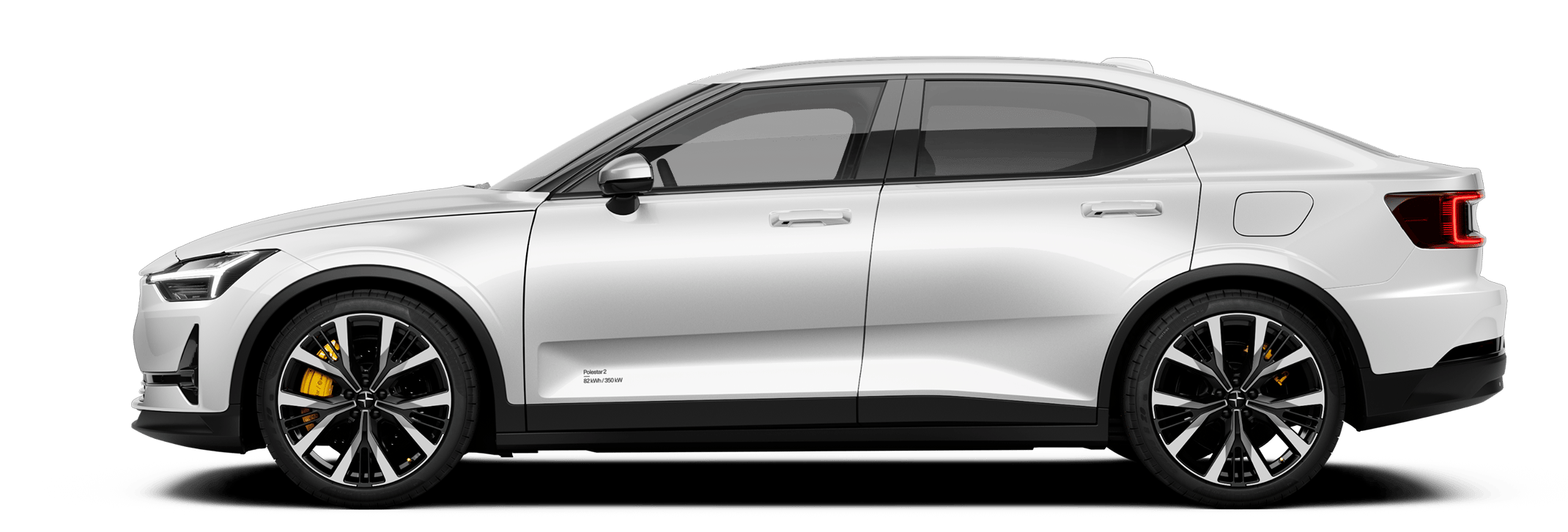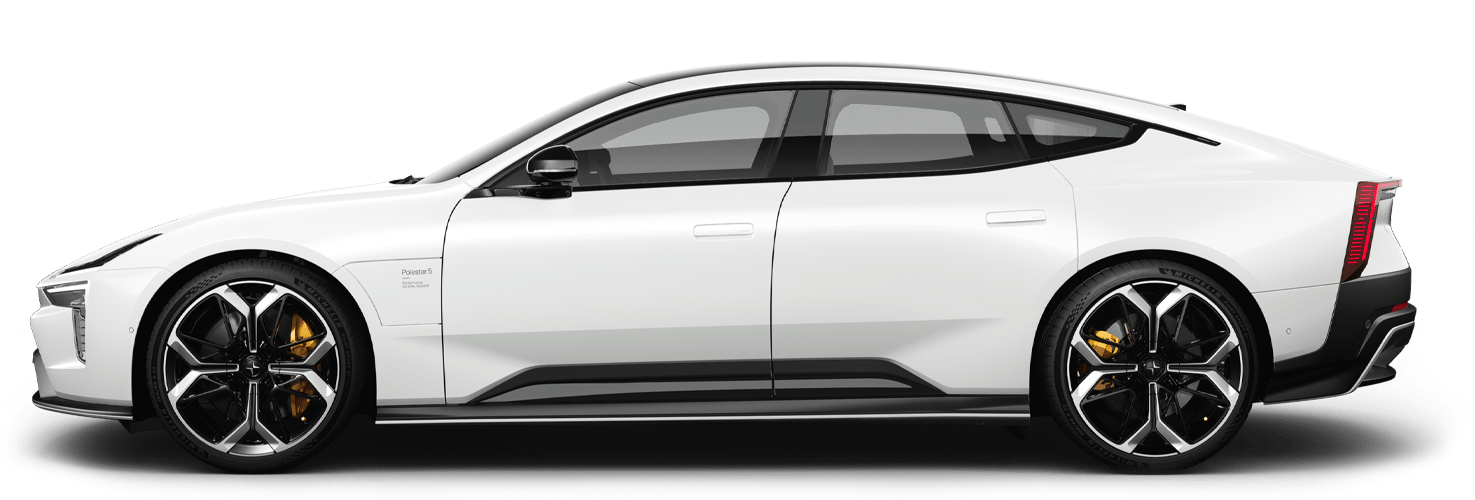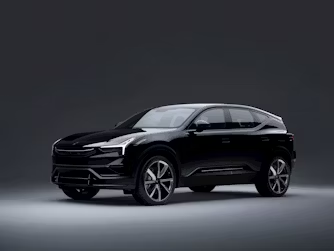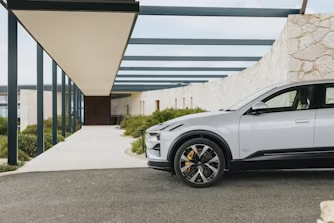The Scandi Flick: How Sweden transformed rally driving
For most people, when they think of rally drivers, they think of Scandinavians. Strong stoic types, sat behind a wheel, tearing through asphalt, gravel and snow at breakneck speeds. But that's not the full picture. These racing drivers fundamentally changed the way cars were actually driven. They did things differently, building faster lap times in new ways. And today, we are lucky enough to talk to one of the greatest of them all: Stig Blomqvist.
It’s all about the flick
Stig created something called the ‘Scandi flick’. A special technique that saw him dominating his opponents during his career as a rally driver and helped give him a 1984 World Rally Championship win.
Driving quickly is all about thinking slowly. You have to give yourself time so your brain can keep up with the speed. Don’t rush, in slow…out fast. This is the trick.
But what actually is the Scandi Flick? In short, it’s a way of deliberately unsettling the car, so you can get it around tight bends faster than your rivals.
For Stig in the 1980s, this was because the cars he drove didn’t have a centre differential. They had all four wheels travelling at the same speed through a corner. Almost too much grip, resulting in time being lost in the tighter bends.
To get around this, he would ‘flick’ the car in the opposite direction of the corner initially, upsetting its balance. This is the first part of a Scandi Flick.
Going sideways
You then would turn into the bend, in the opposite direction, as hard as you could. This would drag the front end of the car into the corner, but upset the rear, causing it to lose traction as it tried to catch up with the front.
Mashing the throttle as hard as you could, further contributed to that loss of traction. Which meant you entered into a four wheel slide.
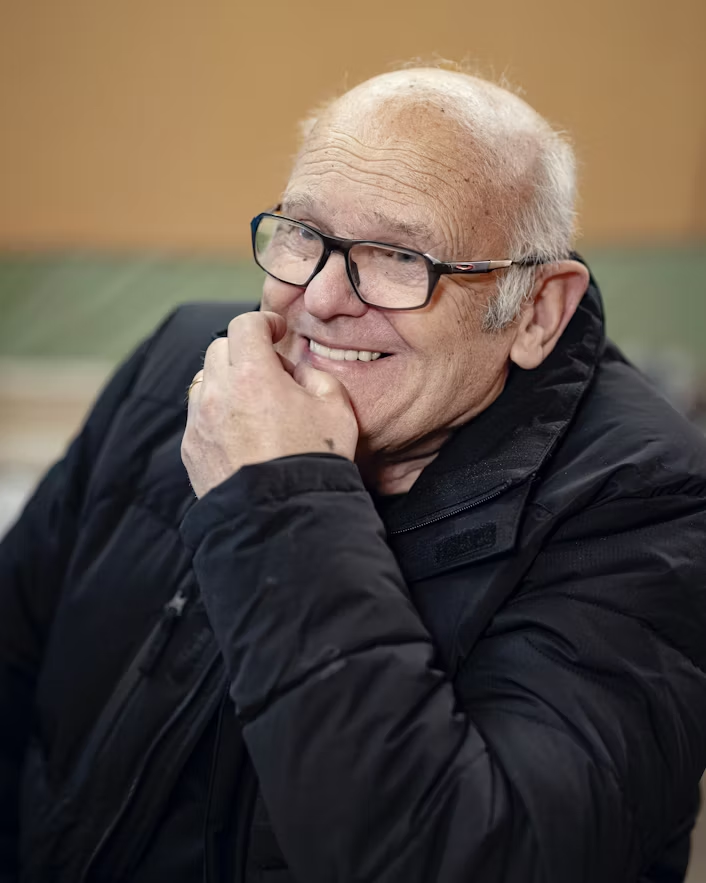
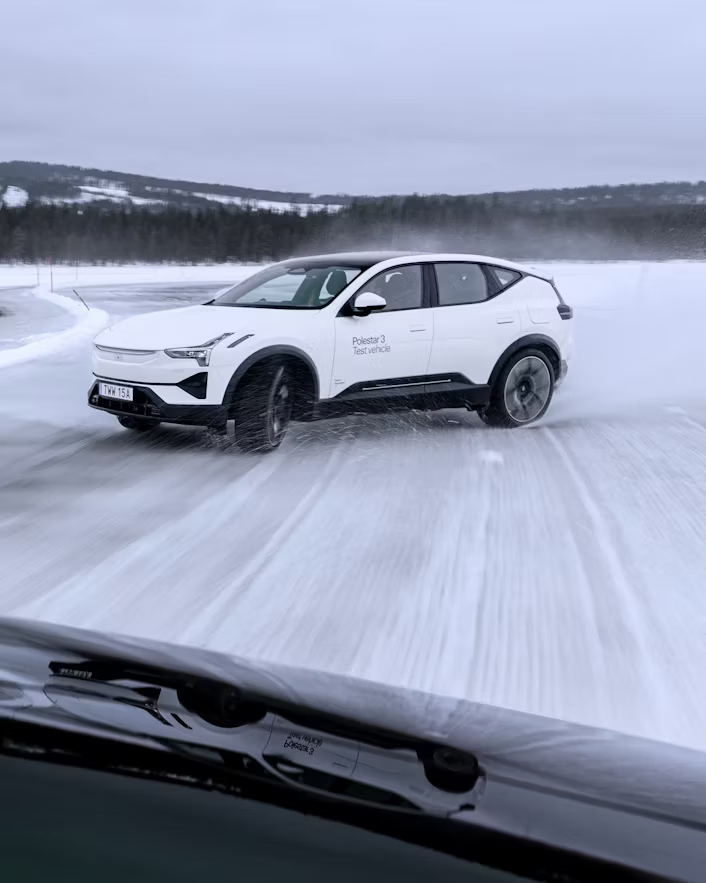
Power
Once you’re sliding, power is key. The car will continue to slide, tightly through the bend, before dragging and driving itself out of the corner under full throttle.
The end result? A faster corner than the normal approach, and it looks great while you’re at it.
Torque Vectoring
Stig arguably drove some of the greatest cars ever made during his career. His 1984 Audi Quattro is the stuff of legend for motoring fans. But comparatively speaking to modern cars, the tech within it is fairly basic.
Compared to Polestar 3, they are on a different planet. You see Polestar 3 has a clever electronically controlled torque vectoring system.
It’s something that is integral to the driving experience of the car, enabling the rear wheels to move at speeds independent of each other, using a computer to control the amount of power through each and push you out of a corner as fast as you possible.
Driving on snow, torque vectoring allows you to enter into long spectacular slides, controlling the car and leaning on its grip through the steering wheel and the throttle pedal, while the computers do the hard work for you.
Think of it as a cheat sheet towards the Scandi flick. Allowing you to look like Stig Blomqvist, but in a car with Dolby Atmos and massage seats.
That tradition of the great Swedish rally driver is still alive and well at Polestar. But like Stig, we also want to do things a little differently.
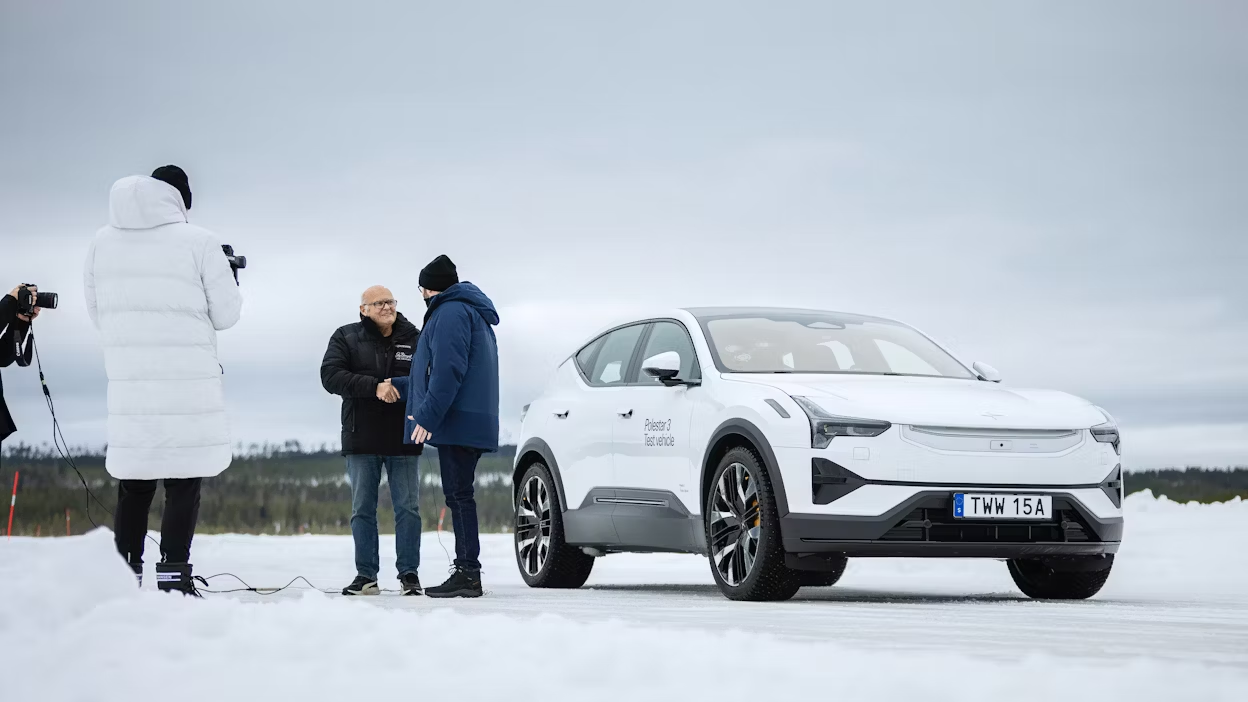
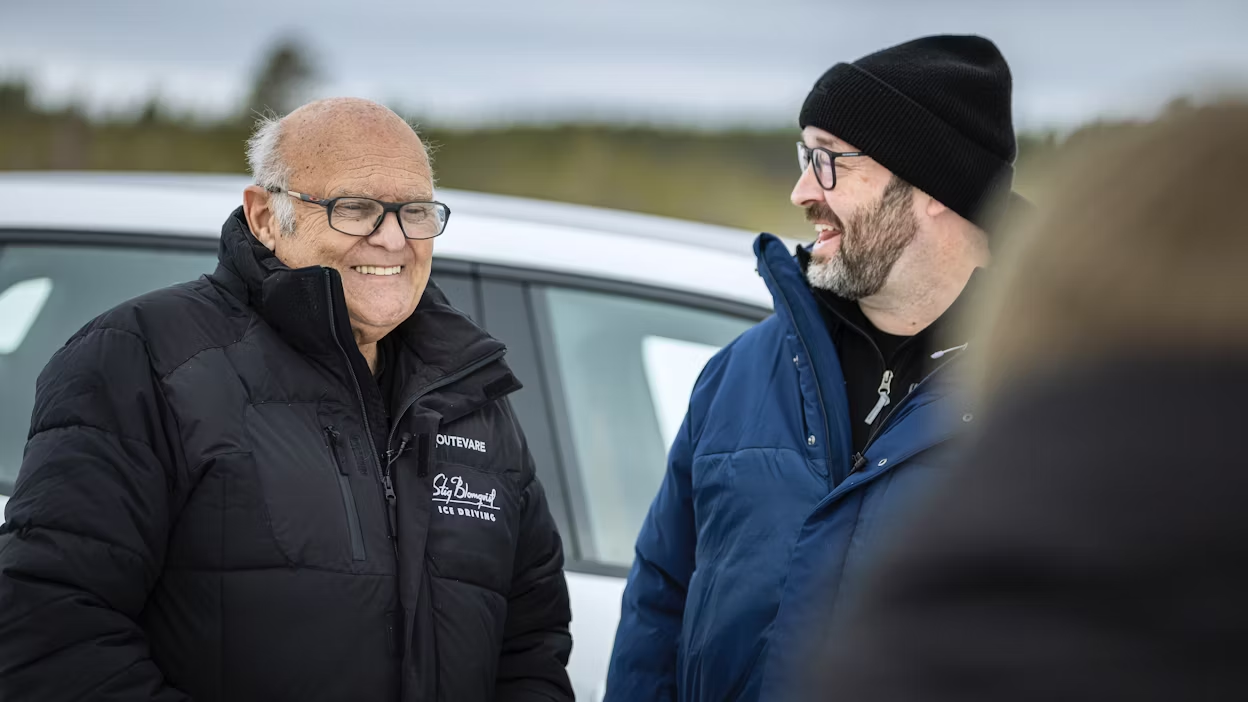
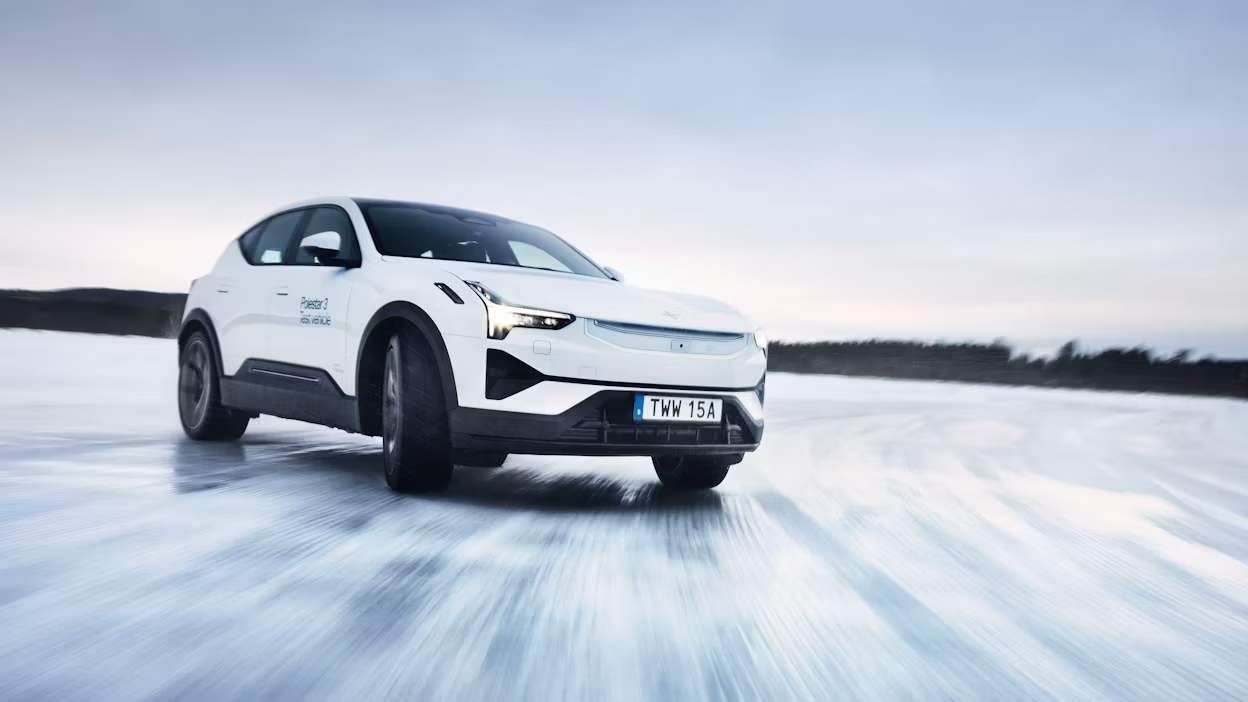
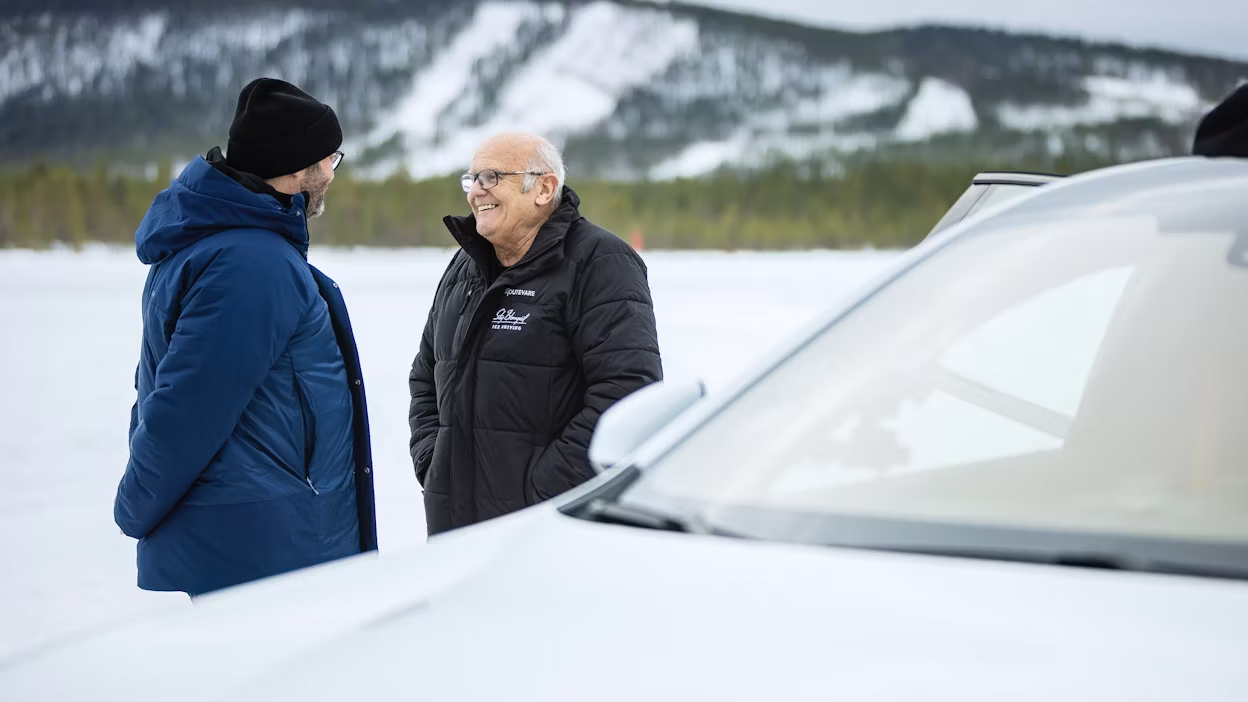
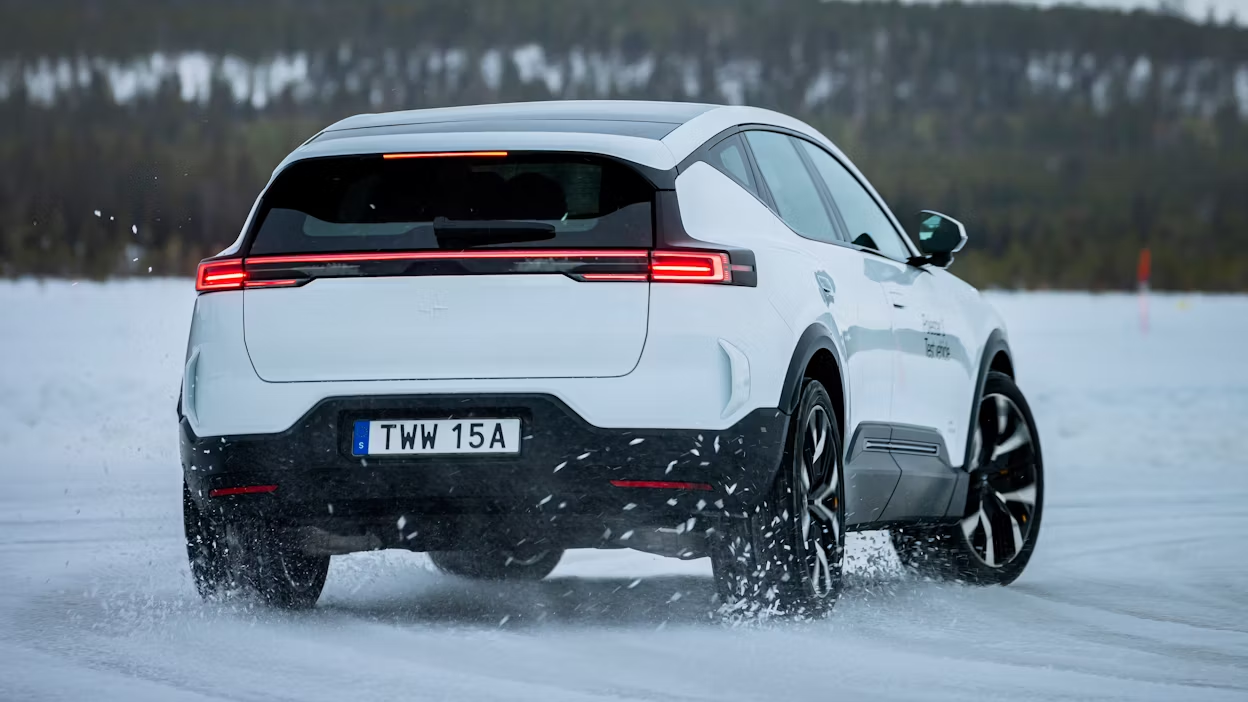





01/05
